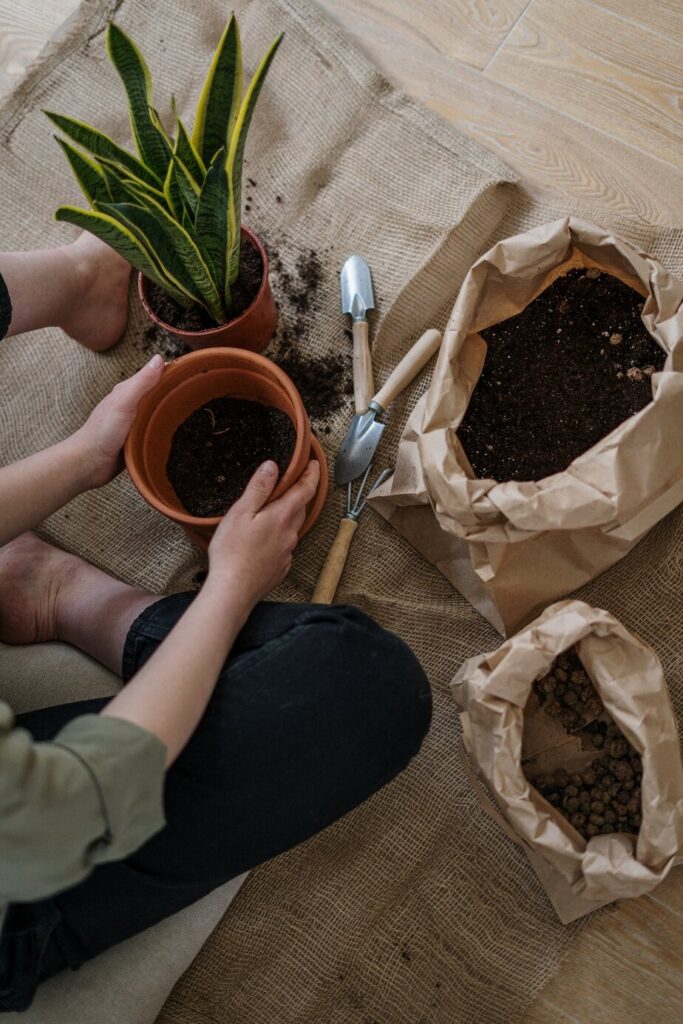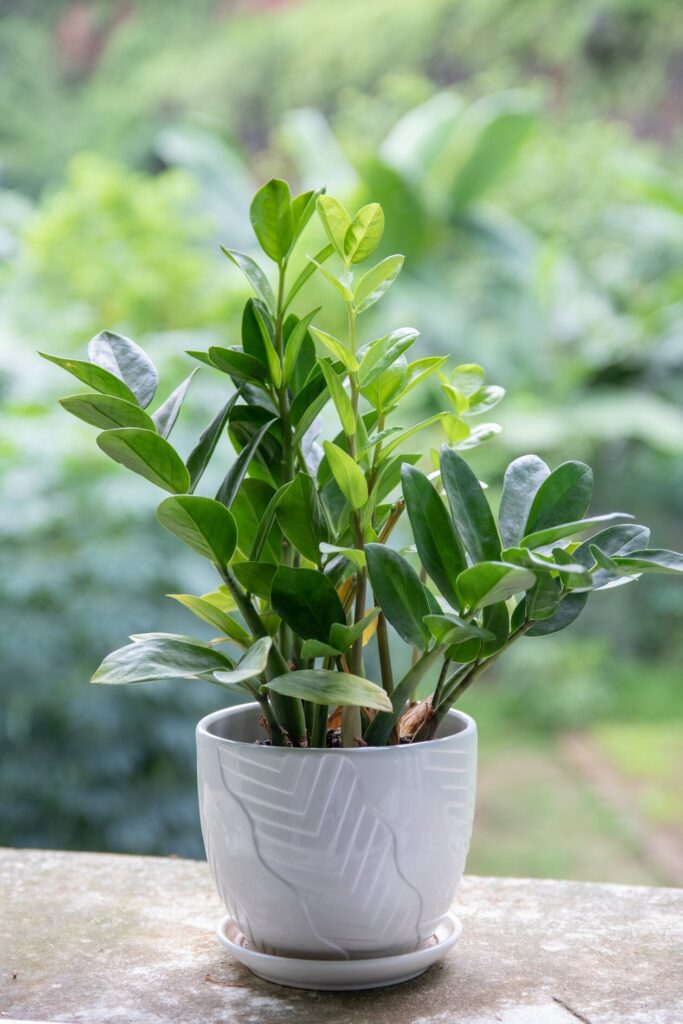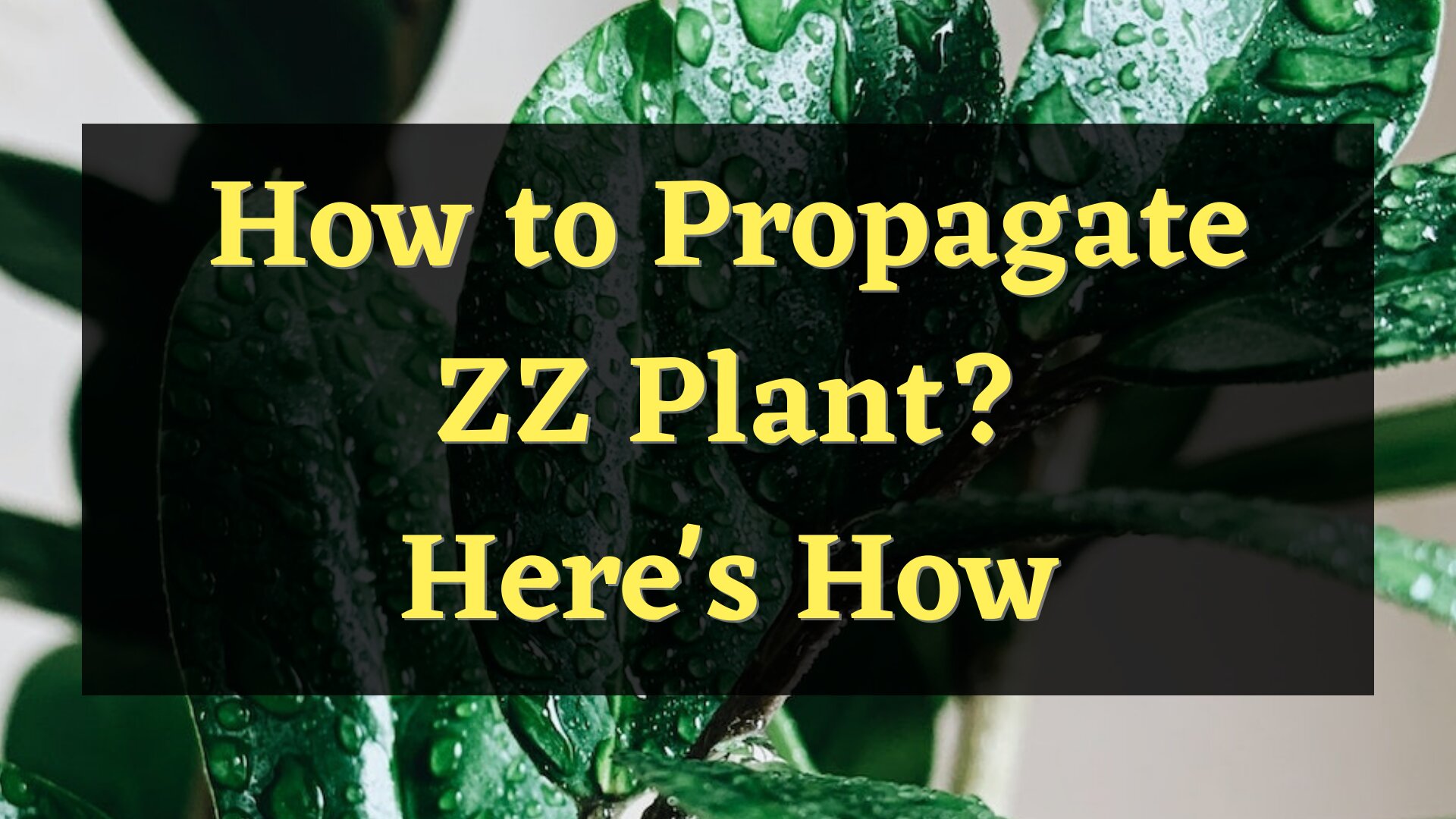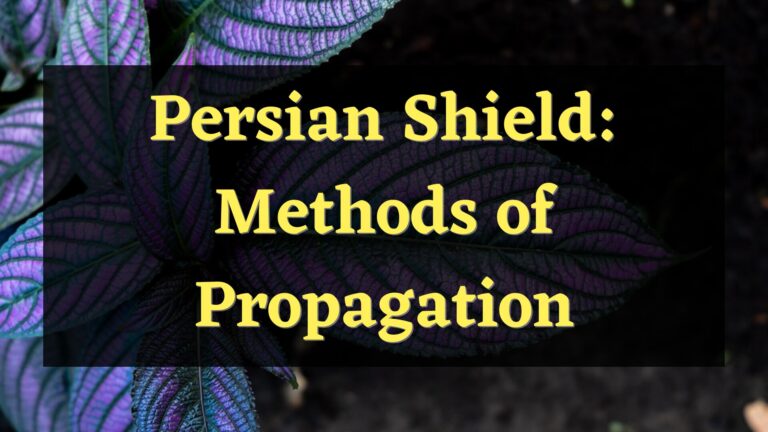ZZ plant (Zamioculcas Zamiifolia) is a perennial plant that belongs to the Araceae plant family. It is also known as the Eternity plant and Zanzibar gem. Some of its popular varieties are Raven, Zamicro, and Variegated. It has visually appealing leaves that add an aesthetic look to homes and offices. It is an air-purifying plant that eliminates toxins in the air. The best season to propagate it is on spring and summer. Knowing how to propagate a ZZ plant properly will increase your plant collection without spending too much.
Propagate plant cuttings in soil?
Listed down below are steps in propagating ZZ plant cuttings in soil:

Prepare all the materials
The materials that you will need are a mature and healthy ZZ plant, disinfected knife or shear, a small pot, a big pot, water, and a well-draining potting mix.
Prepare the pot
Put a well-draining potting mix into the pot. You can use equal parts of coconut coir and perlite potting mix. You can also use your preferred well-draining potting mix.
Cut a 4-inch stem of a parent plant
The parent plant must be mature and healthy to propagate the ZZ plant effectively. It takes 3 to 5 for the ZZ plant to mature, so cutting a longer stem will help the plant to mature faster.
Take off the leaves on the lower part of the stem
The leaves that you removed on the stem can also be used in the leaf-cutting propagation method.
Lay the stem cuttings in a warm area
Lay them in a warm area for a few hours or three days to let the cutting ends get callous.
Plant the stem cuttings in the pot
Stem cuttings can be planted together in one pot. Transfer them separately in a bigger pot when it develops numerous roots in 1-inch length. A perlite and orchid bark can be used as a potting mix.
Monitor it regularly
Regular monitoring will help you to propagate the plant effectively. Put the plant in a bright and warm area. It has a rhizome that makes it drought-resistant so it doesn’t have to be watered frequently. Watering can be done in a couple of weeks.
Propagate plant cuttings in water?
Follow these steps in propagating ZZ plant cuttings in water:
Prepare all the materials
The materials that you will need are a healthy and mature ZZ plant, disinfected knife or pruner, water, a jar or glass, a pot with good drainage, and a well-draining potting mix.
Cut a 4-inch stem of a parent plant
Disinfect the knife and pruners to remove the bacteria on it. The parent plant must be healthy and mature to propagate the ZZ plant successfully. It must be cut beneath the node at a 45-degree angle to make it easier for the plant to absorb water and nutrients.
Lay them out
Lay them in a warm area for a few hours or three days to let the ends of the cutting callous over.
Take off the leaves
The leaves at the lower part of the stem must be removed to accelerate the development of its roots.
Prepare the container
A transparent container will help you to monitor the growth of its rhizomes and roots easily.
Put the plant cuttings into the water
A container with a small opening will keep the plant steady to prevent its leaves from getting into the water. If the container has a wide opening, you can put plastic wrap at the top of the container to keep the plant steady. Add water to the container when its level drops. The water must be replaced at least once a week to keep it fresh so the roots develop faster. Root development will start in a week or two. Numerous roots will be visible within 3 to 4 months.
Transfer it to a pot
The pot must have good drainage to keep the plant aerated and hydrated. When numerous roots with a 1-inch length are developed, the plant is ready to be transferred to a larger pot. Put more soil around the plant to keep it steady.
Check its condition regularly
Regular inspection will keep the plant healthy to prolong its life. Maintaining the right environmental condition will help the plant to grow effectively. You can gently wipe its leaves with a damp cloth to make it more visually appealing. The right temperature for the ZZ plant is 15 to 24 degrees Celsius.
FAQs
Is it better to propagate ZZ plant in water or soil?

It is better to propagate the ZZ plant in soil than in water. The soil provides more nutrients, produces stronger roots, and makes it more resistant to transplant shock. Propagating it on the water is easier and allows you to easily monitor the growth of the roots and rhizome of the stem cuttings. In comparison to water, soil promotes healthier and more rapid plant growth.
Can you propagate ZZ plant directly in soil?
Propagation of ZZ plant can be directly in the soil. If you will propagate multiple stem cuttings, they must plant separately in a well-draining potting mix. Propagating ZZ plants directly in soil will help the plant to easily adapt to a new environment.
Are ZZ plants hard to propagate?
ZZ plants are easy to propagate. Stem cuttings can be propagated in water or soil.
Is it rare for a ZZ plant to flower?
It is rare for the ZZ plant to flower. It produces a white spadix flower that is similar to a peace lily.
Conclusion

Propagating and taking care of the ZZ plant is easy because it is drought-tolerant and resistant to diseases and pests. In this article, the steps on how to propagate a ZZ plant through the plant-cutting method in water and soil had discussed. It can be propagated using the stem-cutting method in soil and water. Propagating stem cuttings on soil is better than water because it provides more nutrients to the plant which makes the plant healthier.

Elizabeth Mcmillan is a passionate gardener with a strong interest in plants. She used to be a teacher, but Elizabeth has spent the last few years immersing herself in the world of plants, learning about their biology and cultural value and trying out different ways of growing them in her own garden. Elizabeth Mcmillan loves indoor plants, succulents, and cacti, and her friends and family know her as a plant care expert.







